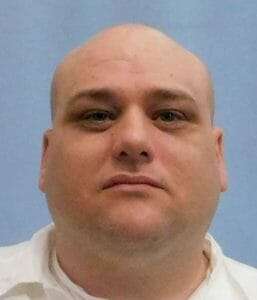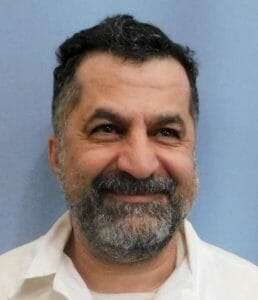
Michael Brown was sentenced to death and remains on Alabama Death Row for the murder of Betty Kirkpatrick. According to court documents Michael Brown would murder Betty Kirkpatrick during a robbery. Michael Brown would be arrested, convicted and sentenced to death
Michael Brown 2021 Information
| Inmate: | BROWN, MICHAEL |
| AIS: | 0000Z707 |
| Institution: | HOLMAN PRISON |
Michael Brown More News
The State’s evidence tended to show the following. On October 12, 2001, Ricky Kirkpatrick and his wife discovered the body of his 65-year-old mother, Betty Kirkpatrick, in her mobile home in Hueytown. Her head was covered with a plastic bag and her throat had been cut. A knife and a paper towel were lying on her chest. Betty Kirkpatrick’s purse and her gold 1986 Ford Thunderbird automobile were missing. The forensic pathologist testified that Betty Kirkpatrick died of “asphyxia by strangulation and smothering.” (R. 431.) She also had bruises on her face and hands that, he said, were caused by blunt-force trauma.
Several witnesses testified that they saw Brown driving a gold Thunderbird around the time of the murder. Alisha Spindlow testified that she saw Brown driving a gold Thunderbird and that he told her that he had killed Betty Kirkpatrick. Another individual, Kevin Clayton, testified that he saw Brown two days after the murder, that he was driving a gold Thunderbird, and that he told him that he got the car from a lady and the car would not be “hot” until the lady’s body was discovered. Kelly Watkins said that Brown was driving a gold Thunderbird around the time of the murder and that he told her that he had killed the lady who owned it. Watkins said that Brown told her that he had tried to choke the victim but she would not die so he cut her throat with a knife he got from the kitchen of her house.
Forensic tests were also conducted on the bloodstains found on the paper towel discovered on Betty Kirkpatrick’s chest. Carl Mauterer, a forensic scientist with the Alabama Department of Forensic Sciences, testified that one stain was tested and found to be consistent with Brown’s blood-Brown could not be excluded as the donor.
Detective Charles Hagler also testified that Brown told him that he went to Betty Kirkpatrick’s mobile home with three other individuals, Robert Smith, Kevin Clayton (who testified at Brown’s trial), and Moses Smiley, to rob Betty Kirkpatrick but that Robert Smith killed Kirkpatrick.
The jury found Brown guilty of the two capital offenses charged in the indictment.
https://caselaw.findlaw.com/al-court-of-criminal-appeals/1219327.html








